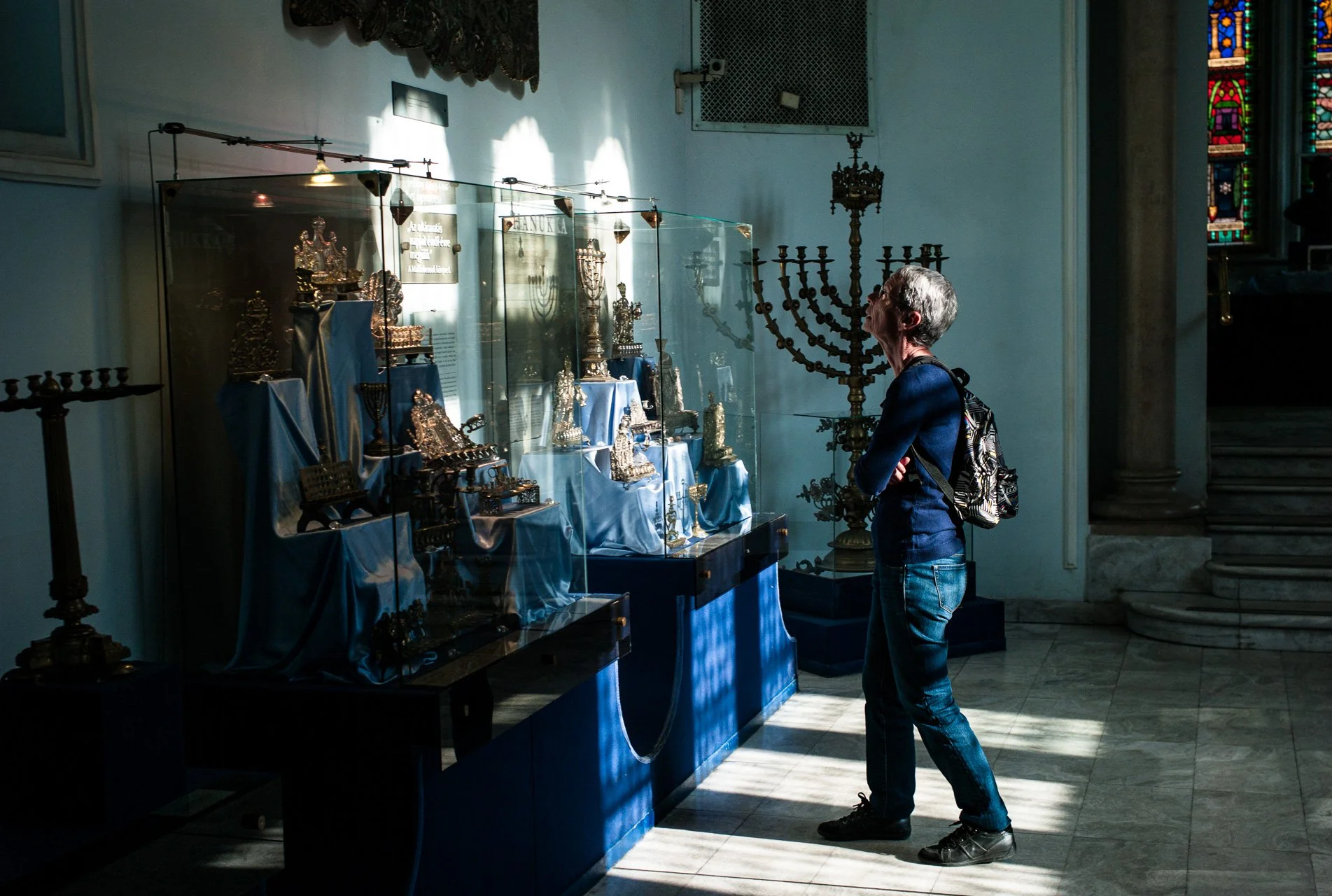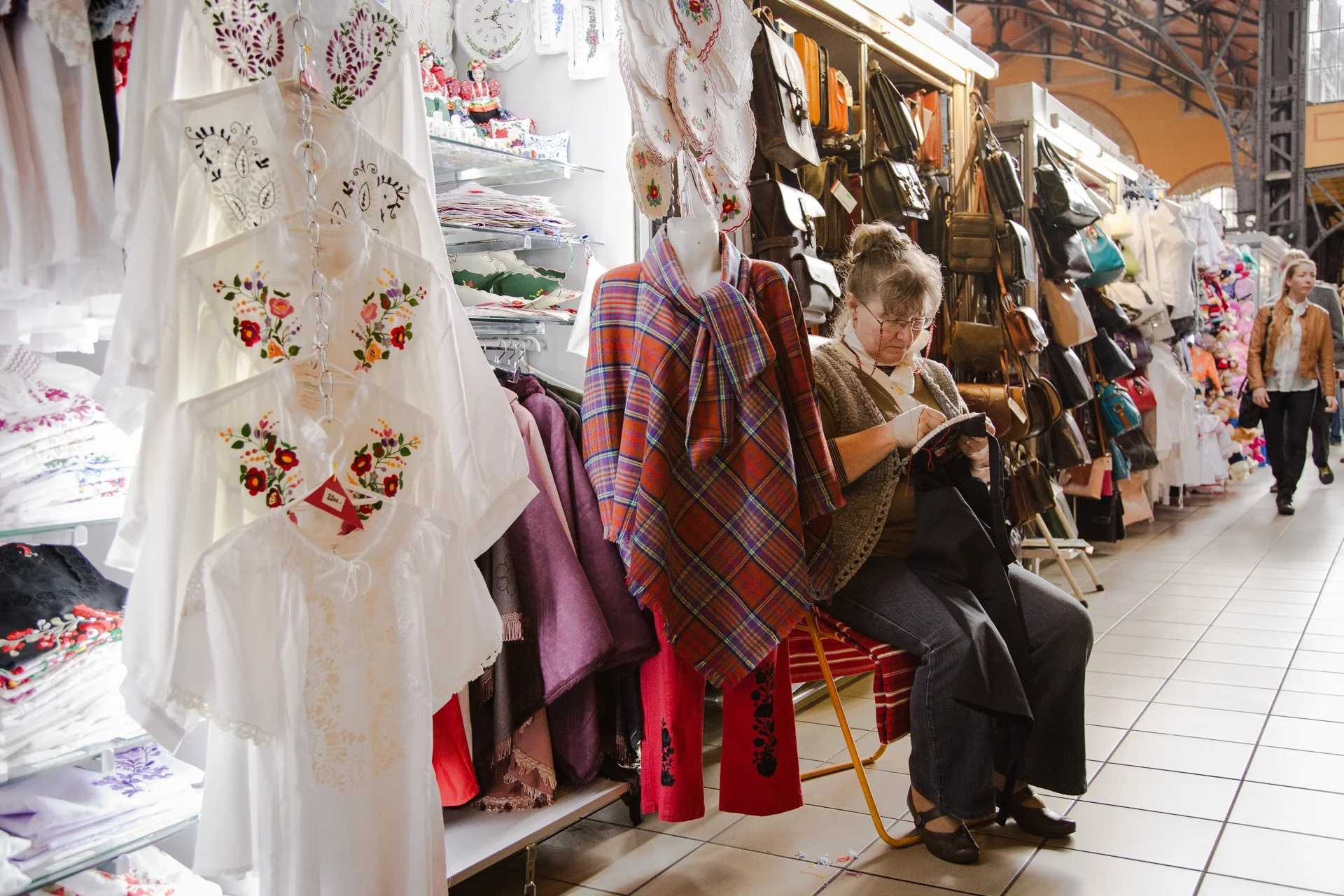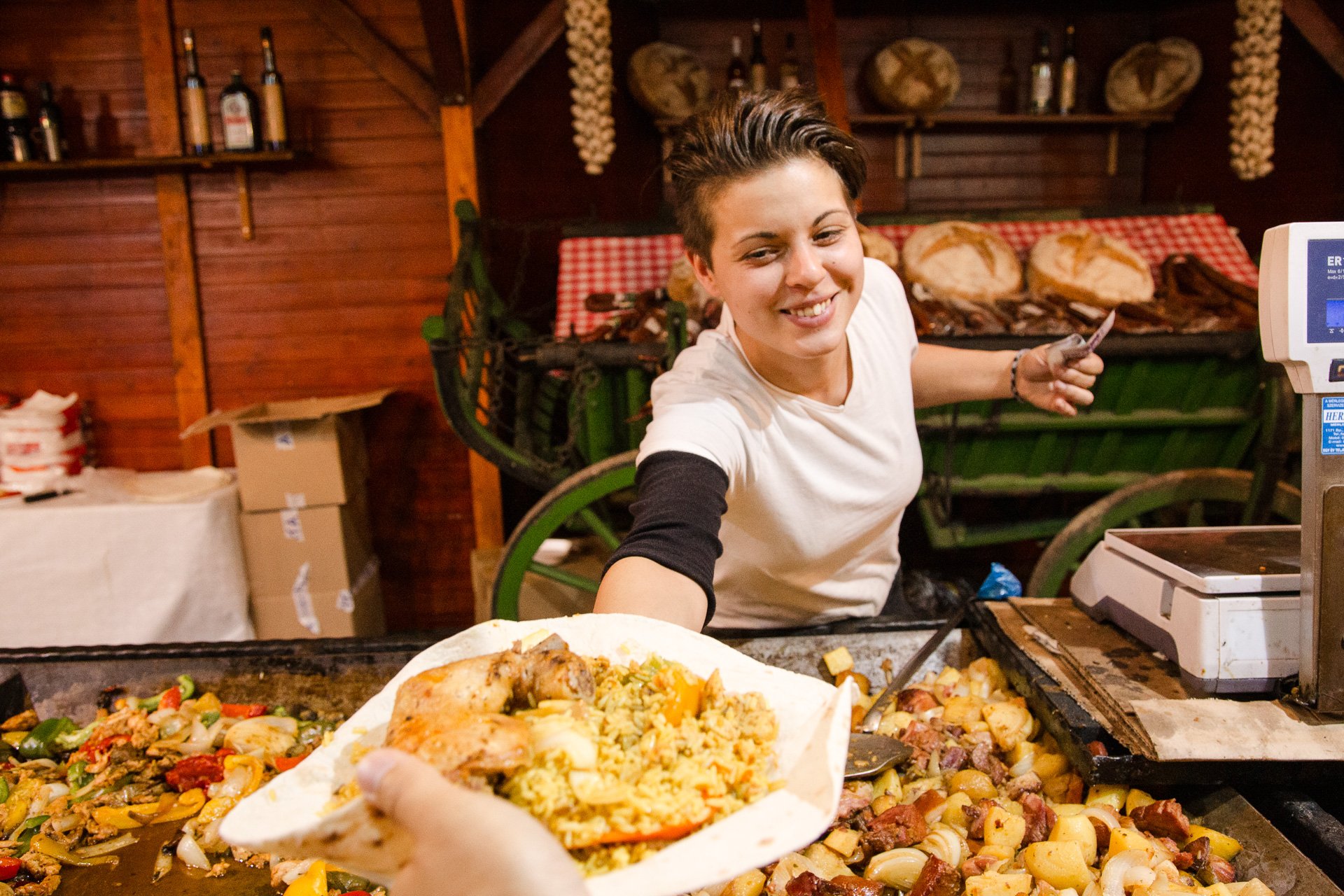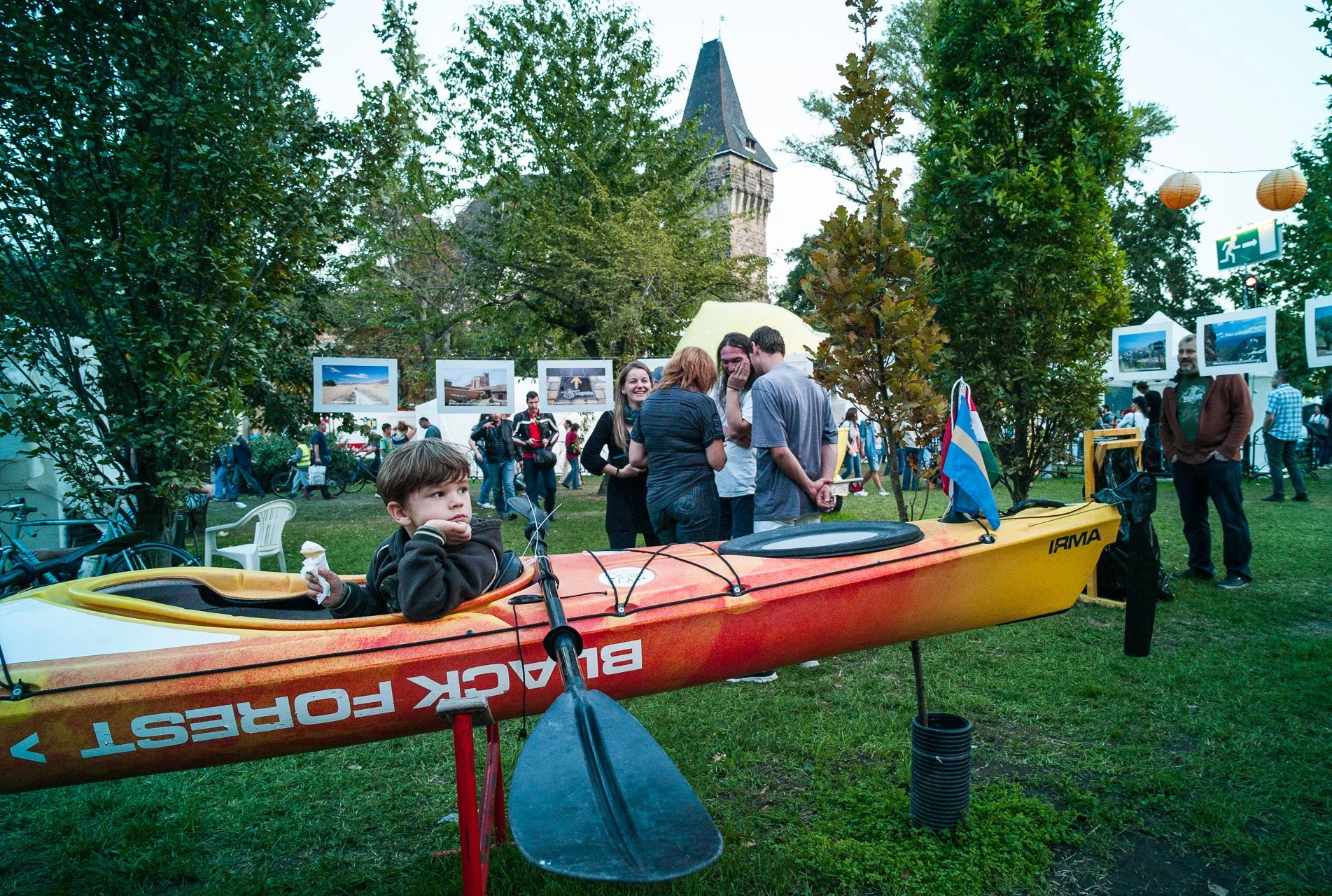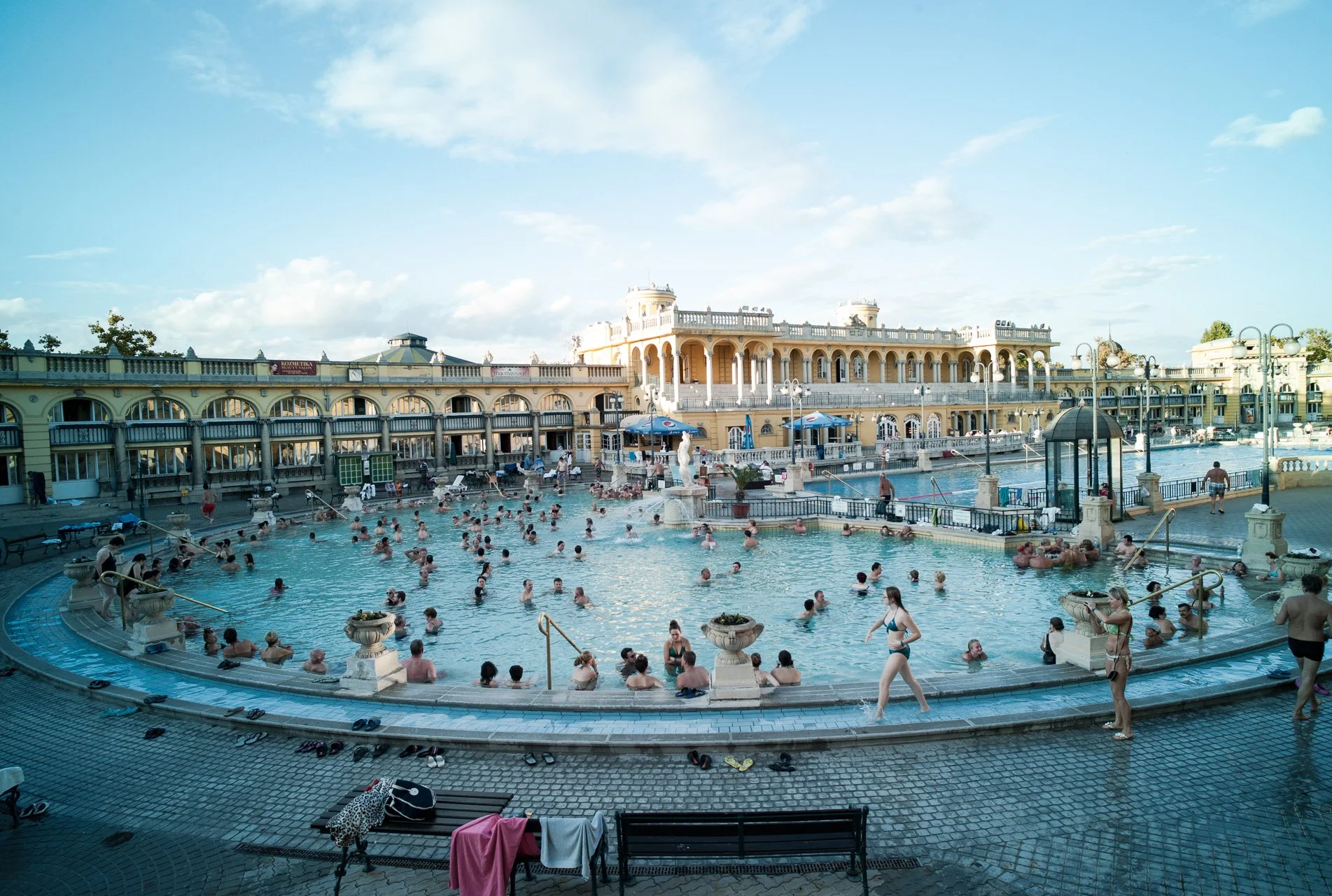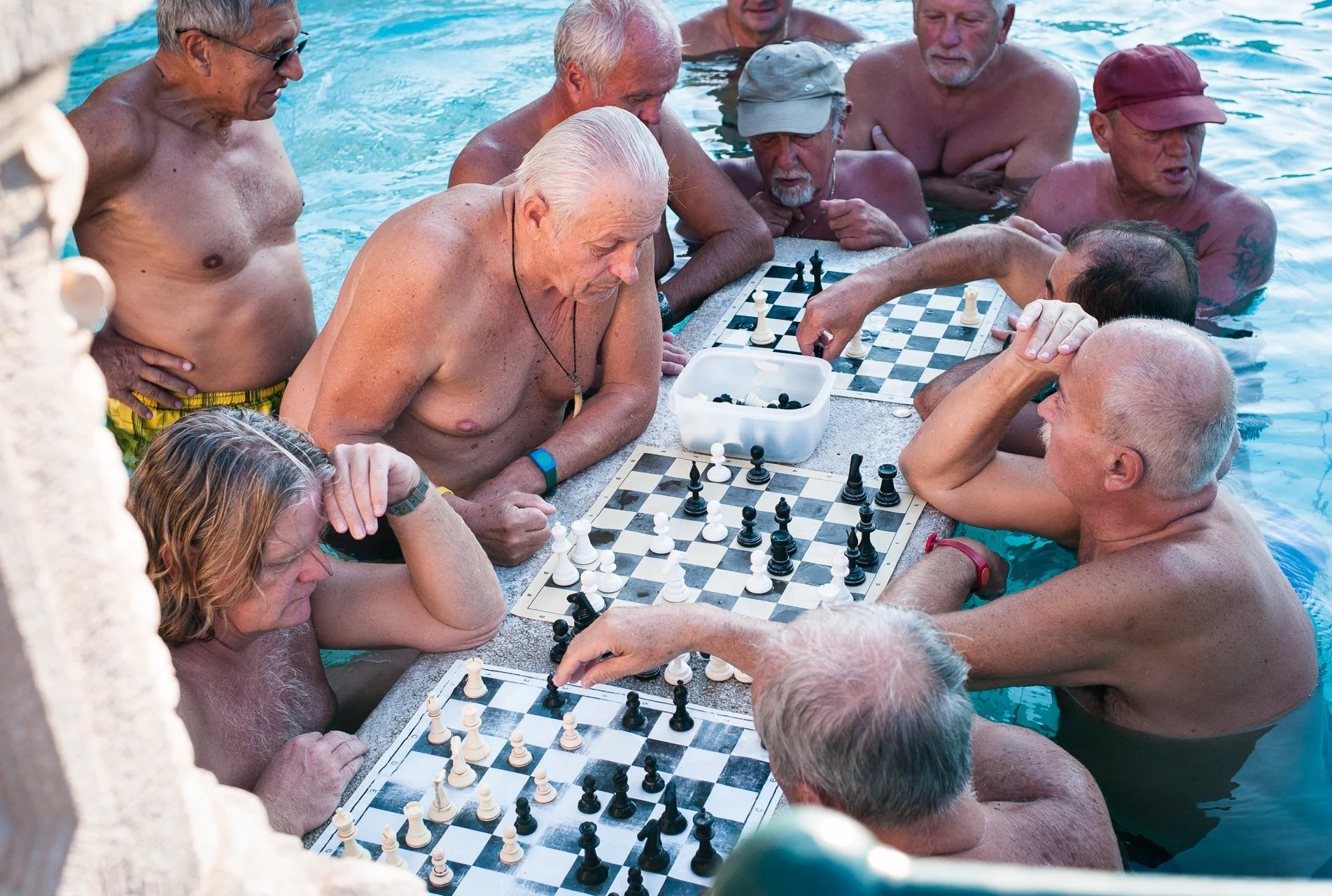Budapest: A Tale of Two Cities
By Kelvin Liu
Divided in two by the Danube River, and with its tumultuous history, Budapest is an onion ready for peeling. The layers of culinary delight, captivating architecture, and rich local culture are enough to keep even the most seasoned traveler entertained.
Statue of Turul, a legendary bird of the Magyars, hovers over the Buda Castle.
Dohány Utcai Zsinagóga, the largest synagogue in Europe. Male visitors are required to wear a yarmulke.
The Great Market Hall in Budapest offers a wide selection of local produce, meat, and souvenir.
Street vendor offers a quick and delicious way to enjoy Budapest.
Three teenagers performing a trick in a local skateboard rink.
Boy daydreams in a show kayak at the Kürtőskalács Festival hosted on the Vajdahunyad Castle grounds.
Budapest is made up of three districts: Buda, Pest and Óbuda. Danube River flows between Buda and Pest.
Hungarian Parliament Building at night time.
Hungarian State Opera House is considered one of the finest opera houses in the world for its neo-Renaissance architecture and quality acoustics.
For Sale Pub serves quality food along with a quirky interior. The walls and ceilings are tacked with notes and cards from past customers.
Opened in 1894, the New York Cafe Budapest was the hotspot for poets and artists.
Széchenyi Thermal Bath is the largest medicinal bath in Europe. With elaborate outdoor and indoor pools, it is a popular venue amongst the locals to unwind and socialize.
Men gather at a Széchenyi bath pool to engage in two of Hungarians' favorite pastimes: thermal bath and chess.



